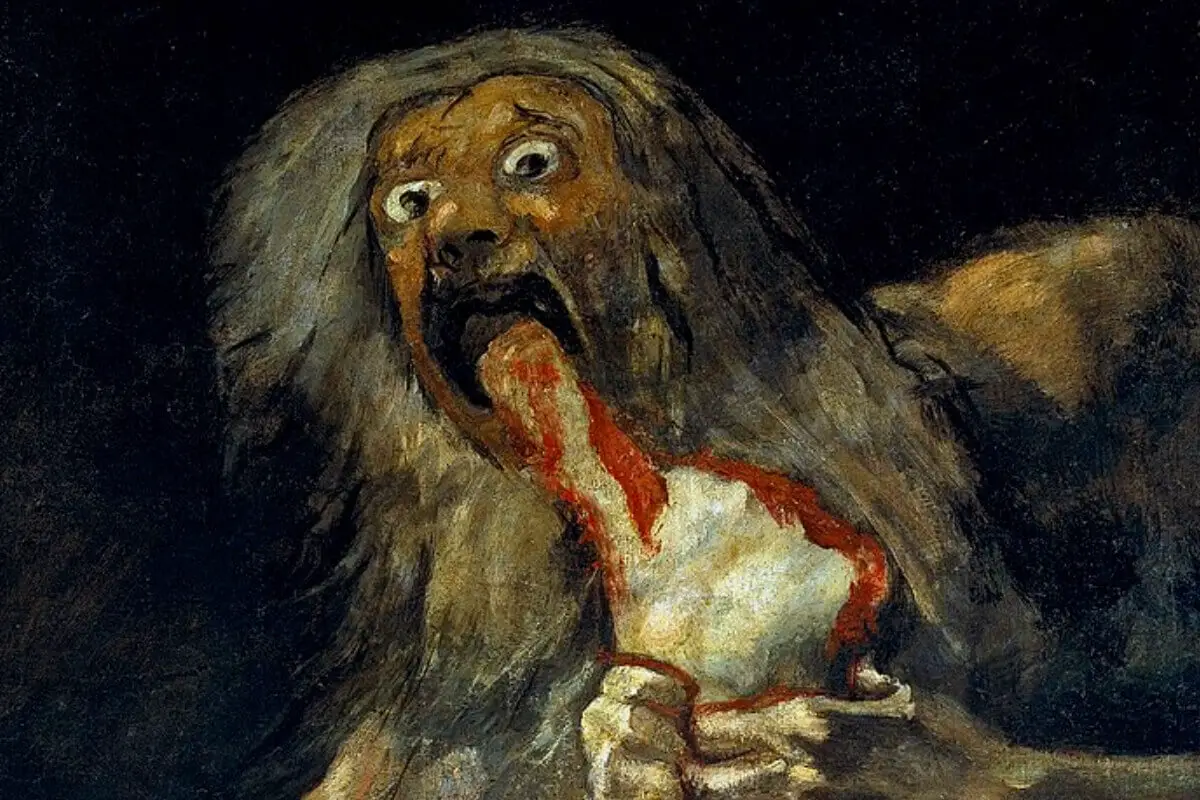The ascension of Romanticism in the early 19th century marked a cataclysmic shift in the artistic landscape, carving out an audacious new domain chiseled by a generation’s raw emotion and individualistic ethos. Percolating first through the veins of literature before blossoming into a monumental art movement, Romanticism weaved an intricate canvas that reverberated with the socio-political repercussions of the time.
This profound exploration tracks the birth and evolution of Romanticism, scrutinizing its quintessential markers, the magnified role of elements like nature, rebellion, emotion, individualism, and the mystical. Moreover, salient artists like Turner, Delacroix, and Goya, each charted unique yet interconnected landscapes within the broader realm of Romantic art, are discussed in detail.
Table of Contents
- The Birth and Evolution of Romanticism
- Key Characteristics and Ideals of Romanticism
- Influential Artists and Their Works
- Impact and Legacy of Romanticism
- Related Questions
The Birth and Evolution of Romanticism
The rise of Romanticism was a breath of fresh air for the art world. A movement that erupted as a wildfire reaction to the Industrial Revolution in Europe, it evolved from intellectual and artistic opposition to the confines of the Enlightenment era’s rational and empirical thinking.
The Romantic era aimed to free the mind, soul, and creative spirit and place personal emotional experiences above empirical observation and logic.
Romanticism as an artistic and cultural movement emerged around the late 18th century. It began as torrents of political, economic, and social change swept Europe following the French Revolution. This seismic shift was the axial force that rattled Enlightenment’s clinical dissection of the world.
The intellectual and emotional core of the Romantic movement was a profound appreciation for the beauty and grandiosity of nature.
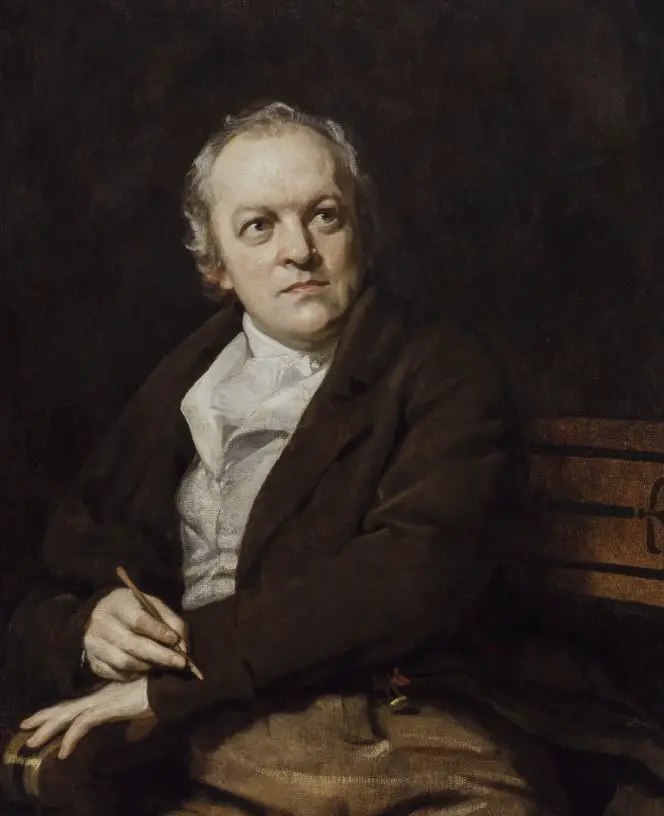
Guided by a fierce rejection of industrialization, Romantics such as William Blake, Caspar David Friedrich, and many others heroically venerated nature as the ultimate source of divine inspiration.
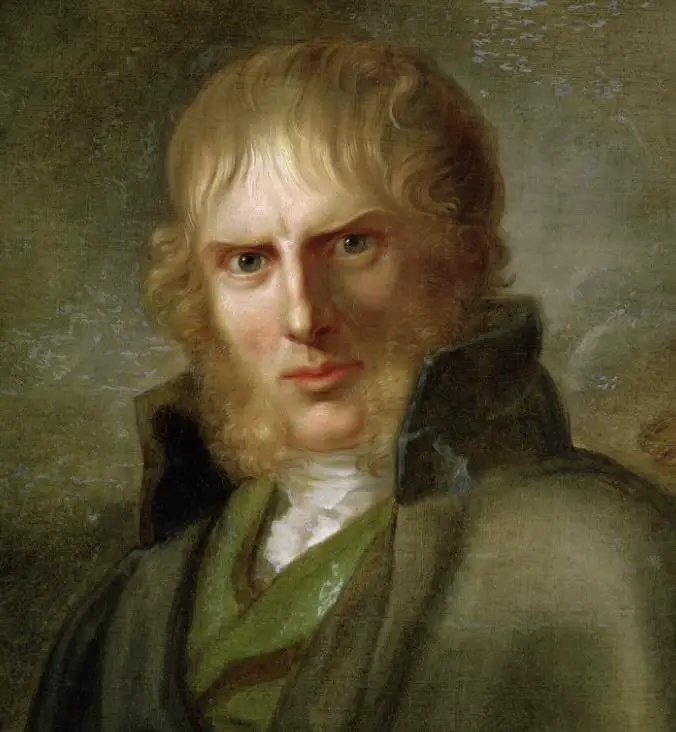
Artists reflected their yearning for authentic, intense emotion and hidden truths behind nature’s sublime mysteries, seeking to capture the supreme and spiritual sovereignty of the natural world.
The Romantic idea of ‘sublime,’ a sense of awe-inspiring, transcendent grandeur or terror, represented nature at its most wild and dramatic. The art of this era encapsulated this sublime essence straightforwardly, showcasing a defiant deviation from the era’s classical artistic standards.
From landscapes painted with raw, brutal energy and bold, imaginative themes to figures with elevated emotions and individualistic expressions – Romanticism was a departure from the precise and static Neoclassicism to an art form that emphasized dramatic, imaginative, and emotional composition.
In literature, too, Romanticism had a profound influence, with writers such as William Blake, Lord Byron, Mary Shelley, and many more extolling intense emotion and introspection and commemorating the beauty and terror of the natural world. Consequently, the Romantic era became synonymous with a renewed appreciation for the mystery and wonder of life beyond the urban sprawl.
While Romanticism was a global phenomenon, its nuances varied across geographical boundaries. The French Romantics, like Delacroix, emphasized passion, imagination, and rebellion against artistic norms.
They bore ink to paper, detailing gritty Realism and the uncontrolled emotional states of the era. The English Romantics, from Constable to Turner, focused on landscapes, portraying the limitless power of nature and the insignificance of man in its face.
Towards the end of the 19th century, Romanticism gradually gave way to Realism, but the Romantic spirit never wholly faded.
The movement’s essence – the emphasis on emotion, the expansion of creative imagination, and the valorization of the individual artist – left an indelible mark on Western art and continues to inspire contemporary art.
Whether Romanticism was a reaction to the Industrial Revolution or an intellectual rebellion against Enlightenment thought, its creative energy still resonates today.
It’s a testament to the human yearning for mystery, emotion, and the sheer power of the sublime, and remains one of art history’s most pivotal movements.
Key Characteristics and Ideals of Romanticism
Romanticism, an art movement that emerged in the late 18th century, bore a divergence from the preceding Enlightenment era. This gave the artistic world a new perspective – a shift from logic and reason to feeling and intuition.
It is essential to examine further the propositions and ideals that set Romanticism apart from the myriad art movements that have painted our history.
Perhaps the primary distinguishing feature of the Romantic era is its celebration of the individual artist. It challenged the comparative anonymity artists previously experienced and emphasized the concept of ‘genius.‘ Artists were no longer mere craftsmen; they were perceived as visionaries, capable of touching the depths of the human spirit and consciousness.
This shift towards valuing visceral human experiences and intuition dramatically reshaped artistic norms.
In stark contrast to Neoclassicism—characterized by adopting ancient Greek and Roman principles—Romanticism eschewed such strict rules. Instead, it embraced experimentation and creativity, striving to capture human emotion’s unpredictable nature.
There was an ardent pursuit of exploring the complexities inherent in passion, terror, awe, and the irrational. This exploration resulted in works that enraptured viewers with their raw, often dramatic, intensity.
Another profound difference lies in the depiction of the figure and the self. Romantic art was marked by portraying the artist and the individual as heroic figures.
The emphasis was on subjective experiences, magnifying the sense of personal identity and selfhood. Such a focus fostered a transformative shift in perspective, enabling artists to conceive of worlds never previously imagined.
Romanticism also stressed the spirit of rebellion, fueled by the socio-political changes of the era. The artists’ defiance against rigid norms and restrictions mirrored that of the revolutionary times.
This spirit of revolt carried over to depictions of subject matter, with artists often erring on the side of the dramatic and the mysterious. This injection of revolutionary zeal within artistic expression led to the development of a deeply enriched, multifaceted canon of work.
Perhaps most importantly, the Romantic Movement saw the birth of ‘Orientalism,’ a fascination with the mystery and exoticism of the East. Artists depicted rich, vivid, unfamiliar worlds, borrowing realistic and imagined elements from Eastern cultures.
This turn towards the East was unprecedented in previous art movements and further demarcated Romanticism’s distinctive territory.
In the annals of art history, Romanticism is a bastion of individualism, emotion, and rebellion inherent in art. This radical break from past traditions, the passionate exploration of human emotion, and the liberating spirit of revolution resulted in a profound shift in the conception of art.
Romanticism forever expanded the boundaries of artistic expression through its indomitable spirit and unwavering creative energy. Romanticism continues to enthrall and captivate with a legacy that profoundly inspires contemporary art with its enduring resonance.
Influential Artists and Their Works
Moving onward, one cannot overlook the quintessential Romantic figures that gave life to this art revolution.
Among this pantheon of creative mavericks, figures such as William Blake, Eugene Delacroix, Francisco Goya, and Caspar David Friedrich occupy a special place.
Their work not only defined Romanticism but also ignited a sincere passion for exploring and celebrating individuality in the art world.
William Blake was among the early Romantic artists in England, known for his originality and the spiritual depth in his work.
Blake’s seminal interpretation of divinity and sects exemplified the Romantic idea: emphasis on sentiment and freedom.
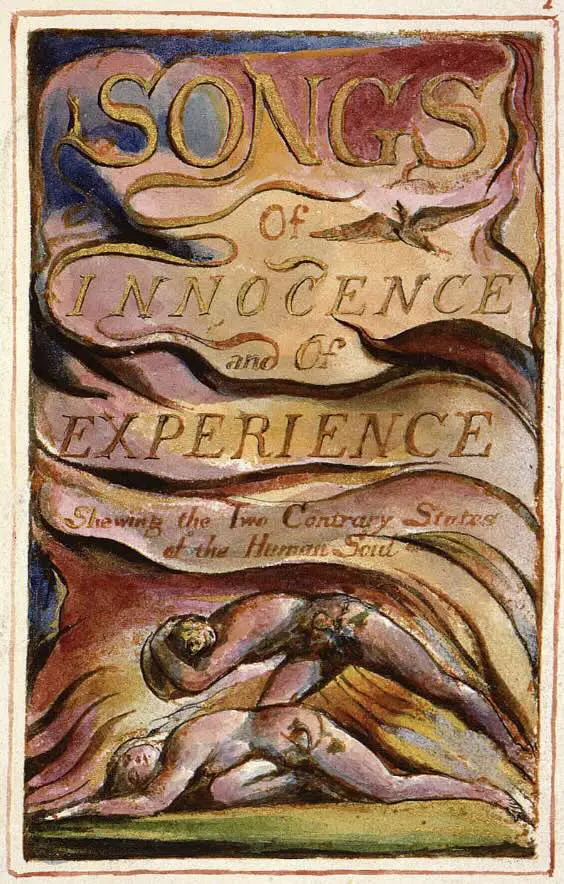
Such is evident in his collections “Songs of Innocence” and “Songs of Experience,” where he elegantly opposed societal corruption and the youth innocence, manifesting Romanticism’s revolutionary heart.
In France, Eugene Delacroix’s work magnified the Romantic style.
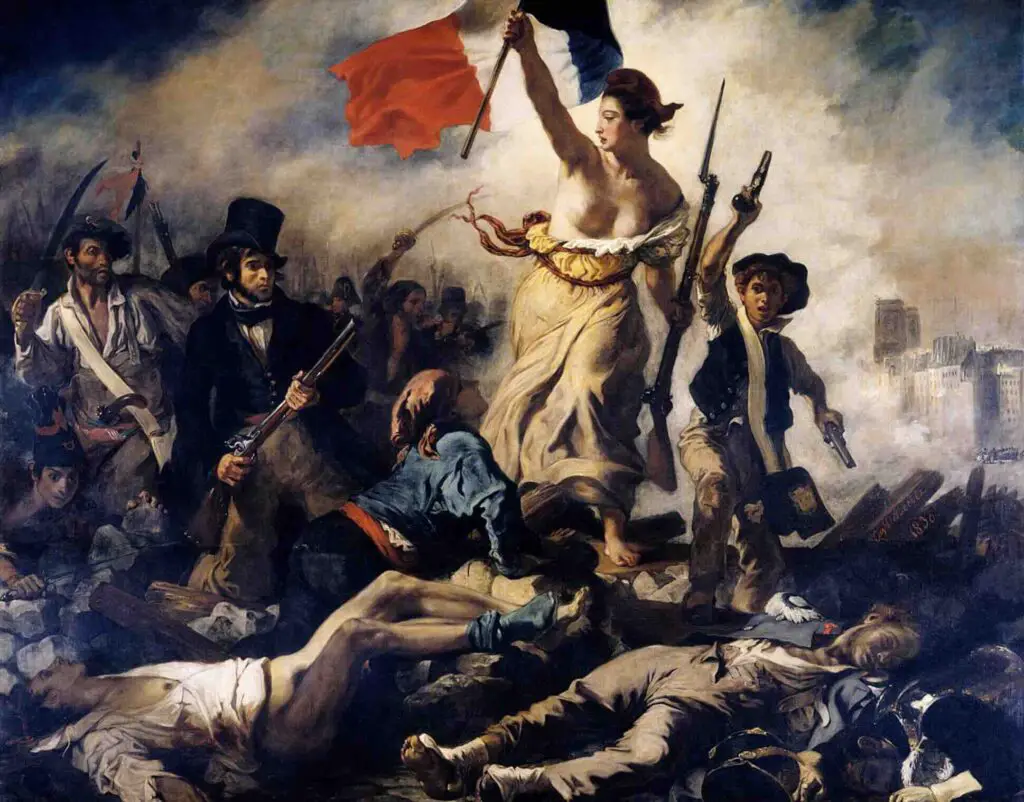
His oeuvre ranges from large themed historical paintings, such as the “Liberty Leading the People,” to intimate depictions of animals, symbolizing the impulse towards irregularity and the unexpected.
Delacroix’s work unveiled the veil of human emotion, enthusiasm, and the ordinary reality beneath the surface of idealism.
A transcendent figure onto himself, Francisco Goya, remembered for his dramatic and haunting paintings, stirred the art cognoscenti in Spain.
His pieces moved from the Rococo charm to eerie portrayals of war, insanity, and mystic creatures.
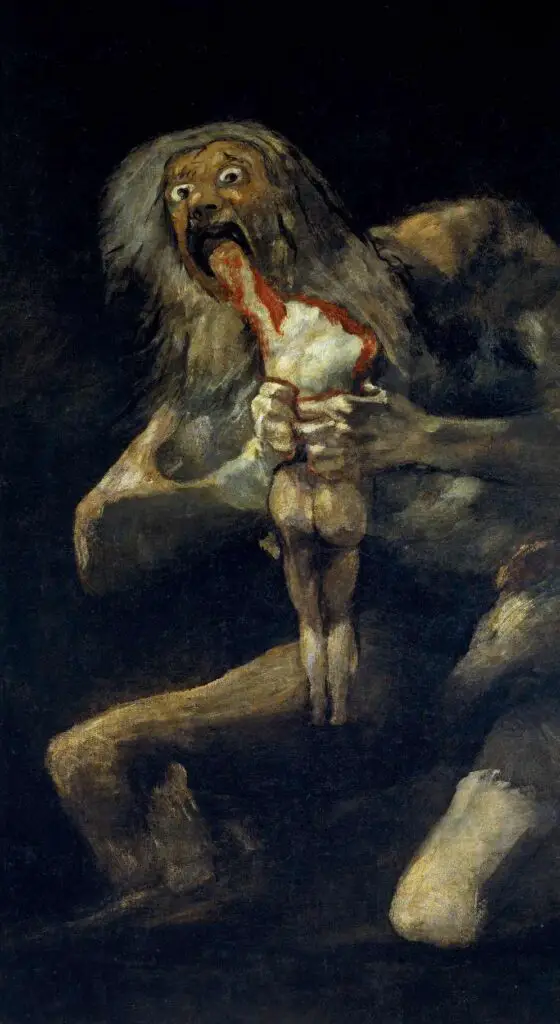
His haunting works like “Saturn Devouring His Son” exemplify the shifting preference towards inner turmoil, existential horror, and the sublime in the Romantic era.
In Germany, Caspar David Friedrich utilized landscapes to explore life’s cosmic questions, finding divinity and terror in natural elements.
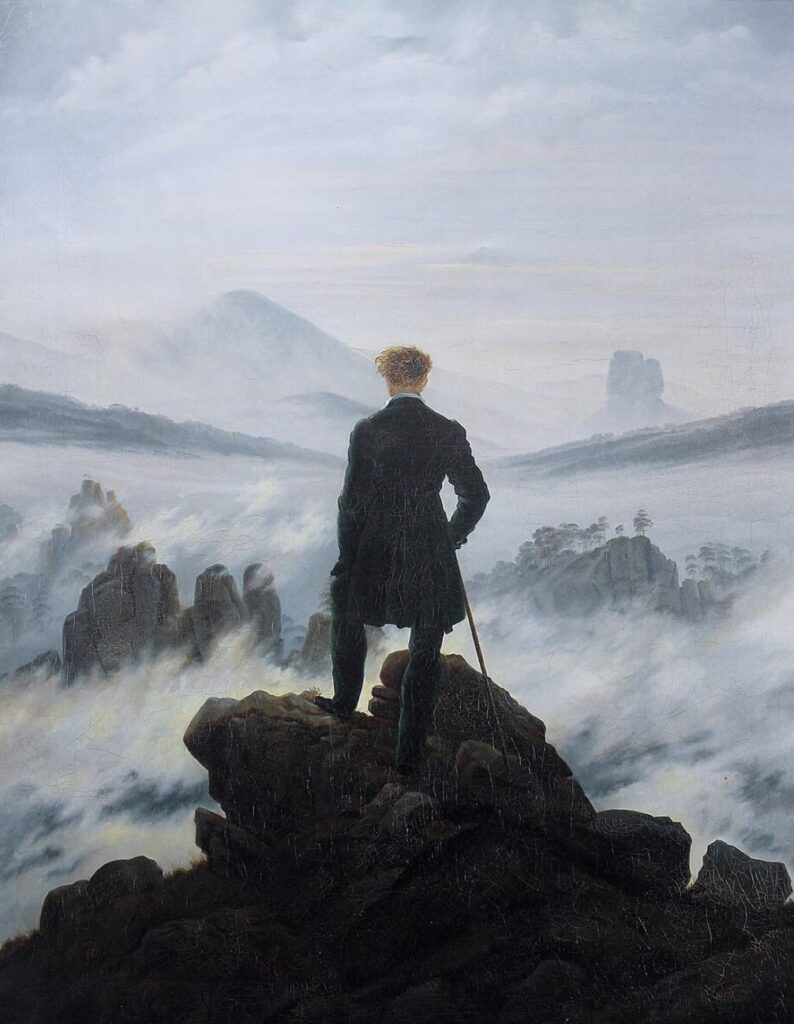
Friedrich’s vivid twilight scenes engrossed within a melancholy solitude, like his illustrious “Wanderer Above the Sea of Fog,” romantically encapsulated the human existential crisis against the backdrop of nature’s authority.
Meanwhile, Romanticism also witnessed an inclination towards ‘Orientalism’.
The East, with its exotic allure, mystery, and perceived savagery, intrigued Western artists like Jean Auguste Dominique Ingres and Delacroix, creating new, wealthy narratives on canvas.
This quest for experimentation and creative burst induced a new delineation of characters in Romantic art – a departure from mythical gods and goddesses to more heroic depictions of self and fellow peers.
The new approach gave birth to many self-portraits and portraits that reflect the individualism and heroism inherent in Romantic ideals.
Despite the eventual shift towards Realism, the spirit of Romanticism persists in the celebration of individuality, the exploration of subjective experiences, and the continual rebellion against established norms woven into the very fibers of art until this very day.
From the complex personality of the individual artist to the unafraid depictions of raw human emotion, these elements contribute to the seductive enigma of Romanticism.
Romanticism, undeniably, flourishes eternally as a testament to its profound impact on the very conception of art.
Impact and Legacy of Romanticism
With an understanding of Romanticism’s historical context, its focus on nature and emotion, and its redefinition of artistic norms established in the article’s previous section, it becomes evident how the Romantic ethos resonates into the future and fashions the landscape of art movements that followed.
Romanticism’s influences are not limited to visual arts but also literature, music, and philosophy.
Moving further into the 19th century from Romanticism, one encounters Impressionism and Symbolism. Both these art movements bear the indelible imprint of Romanticism.
The Impressionists drew inspiration from the Romantics’ emphasis on personal perception—the nuance of light, color, and atmosphere—to form an independent interpretation of the natural world. Artists like Monet, Renoir, and Degas championed the spirit of individual expression and sensory experience inherited from Romanticism.
In the realm of Symbolism, there is a clear synchronicity with the Romantic fascination for the mystical, obscure, and emotional.
Artists of the Symbolist movement, including Gustav Klimt and Edvard Munch, mirrored the Romantic desire to transcend natural representation and delve into the enigmatic world of human emotion and the subconscious.
This mirroring forms a bridge, tying the empirical curiosity of the Romantics to the reflective quality of Symbolism and, in turn, contributing to the emergence of modern psychological theories.
Interestingly, not all subsequent art movements adopted Romanticism’s principles. In essence, movements like Realism and Impressionism opposed the Romantics’ outright emotional vigor and subjective reality.
However, these movements are still indebted to Romanticism for instilling a penchant for questioning accepted norms and exploring alternative perspectives. Artists of the Realist movement, for instance, centered their works around everyday life, distancing themselves from the sublime narratives of Romanticism.
Yet, their challenges to the status quo and attentive representation of the overlooked facets of society can all be mapped back to the Romantic ethos of rebellion and individuality.
From Modernism to Abstract Expressionism, the fingerprints of Romanticism can be found. They appear in the continued reverence of the individual artist, the persistent pursuit of unconventionality, and the dedication to portraying human emotion in its raw, unfiltered form.
Even today, contemporary artists continue to draw on Romantic principles, as seen in the works of celebrated artists like Anselm Kiefer and Gerhard Richter. Their creations and interpretations, while individual, echo the Romantic belief in the supremacy of personal expression and the power of the sublime, showing how deep and enduring the roots of Romanticism are.
In conclusion, Romanticism did not merely fade away as an old artistic style. Instead, it evoked an artistic revolution, a cascade that continues to shape the present artistic milieu.
Romanticism laid the foundation for an uncompromising embrace of unique creative expressions. This spirit remains alive today, resonating through the movements it inspired, influencing contemporary art, and continuing its legacy.
Anita Louise Art is dedicated to art education, great artists, and inspiring others to find and create their art. We love art that uplifts and inspires. #ArtToMakeYouSmile! #ArtToMakeYouHappy!
If you are interested to see any of my art, you can find out more by clicking here. If you are interested in what inspires me and my paintings, you can discover more by clicking here.
We have a free newsletter and would love you to be part of our community; you can subscribe to the newsletter by clicking here. If you have any questions, I would be happy to talk to you at any time. You can reach me, Anita, by clicking here.
Subscribe to our Anita Louise Art YouTube Channel filled with great videos and information by clicking here.
Join us for our podcast “5 Minutes With Art.” Spend just 5 minutes a week with us to discover and learn about great art and artists. You can find out more about our podcast by clicking here.
Related Questions
Romanticism Characteristics: A Revolution In Art And Emotion
Romanticism’s characteristics span from the late 18th century to the mid-19th century, primarily across Europe; it marked a significant historical period and a perpetual tribute to the strength of emotion and creativity in art.
By clicking here, you can learn more by reading Romanticism Characteristics: A Revolution In Art And Emotion.
Exploring the Uniqueness of Baroque Art
The grandeur, the emotional depth, and the sublime realism of Baroque art have captivated the world since the 17th century. Born out of the period’s intense socio-political and religious conflicts, this artistic movement exhibits a unique flair in vivid textures, forms, and color play, rich in detail and dramatic expressiveness.
By clicking here, you can learn more by reading Exploring the Uniqueness of Baroque Art.
Why Did The Renaissance Begin? Dive Into The Italian Renaissance
The Italian Renaissance period is renowned as a significant epoch in art, with numerous elements contributing to its emergence and significance. The Renaissance’s prominence in art history is attributed to various reasons, each crucial in defining this transformative period. Below is a brief and concise history of how the Renaissance began.
By clicking here, you can learn more by reading Why Did The Renaissance Begin? Dive Into The Italian Renaissance.

